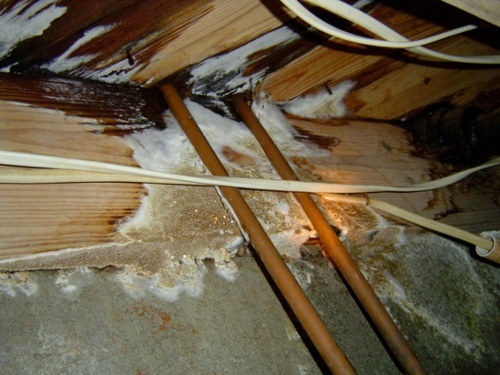BPI Pilots New Healthy Homes Evaluator Microcredential

The Building Performance Institute (BPI) recently introduced a new certification called the Healthy Home Evaluator. It’s not a standalone credential, though. Anyone looking to add it to their list of credentials must already have one of three other BPI certifications: Building Analyst, Energy Auditor, or Quality Control Inspector. That’s why they’re calling it a microcredential.
The Building Performance Institute (BPI) recently introduced a new certification called the Healthy Home Evaluator. It’s not a standalone credential, though. Anyone looking to add it to their list of credentials must already have one of three other BPI certifications: Building Analyst, Energy Auditor, or Quality Control Inspector. That’s why they’re calling it a microcredential.
This is a formal acknowledgment of something we all know: It’s not just about the energy. It’s not even just energy and comfort. The healthfulness of a home, in fact, trumps both of those.
“With the growing demand for preventative healthy home interventions, building a home assessment workforce that combines strong building science expertise with healthy homes principles will lead to improvements in public health, and also enhance the credibility of efforts to secure sustainable financing for such interventions,” said David Rowson, Director of the U.S. Environmental Protection Agency’s Indoor Environments Division. “BPI’s new credential is a welcome addition to the expansion and sustainability of proven healthy homes interventions.”
The program is in the pilot phase now, and anyone who has one of those three credentials (BA, EA, or QCI) can sit for the exam. All you need to do is find a BPI Test Center and schedule your exam with them. (Energy Vanguard is a Test Center).
To learn more about the program, see BPI’s Healthy Homes Evaluator page. There you’ll find a list of steps to getting certified and a link to their certification handbook, with all the details about the Healthy Homes Evaluator microcredential.
Related Articles
Do Energy Efficient Homes Cause Asthma?
Asthma and Poor Indoor Air Quality — The Trouble with Homes
4 Ways a Bad Duct System Can Lead to Poor Indoor Air Quality
NOTE: Comments are moderated. Your comment will not appear below until approved.
This Post Has 2 Comments
Comments are closed.

Will this be strictly for
Will this be strictly for evaluating an existing dwelling or will it get into evaluating a proposed building for design as it relates to being designed as a healthy structure? A major part of that is instructing the occupants. New tight houses are not as forgiving of carelessness related to excessive moisture, lack of air circulation, etc.
Bob, much of the HHE scope
Bob, much of the HHE scope applies to both new and existing homes. Where it gets used depends on what programs require it. And I agree about new homes not being as forgiving. Joe Lstiburek said it a little differently: “The gap between stupid and hurt is narrowing.”